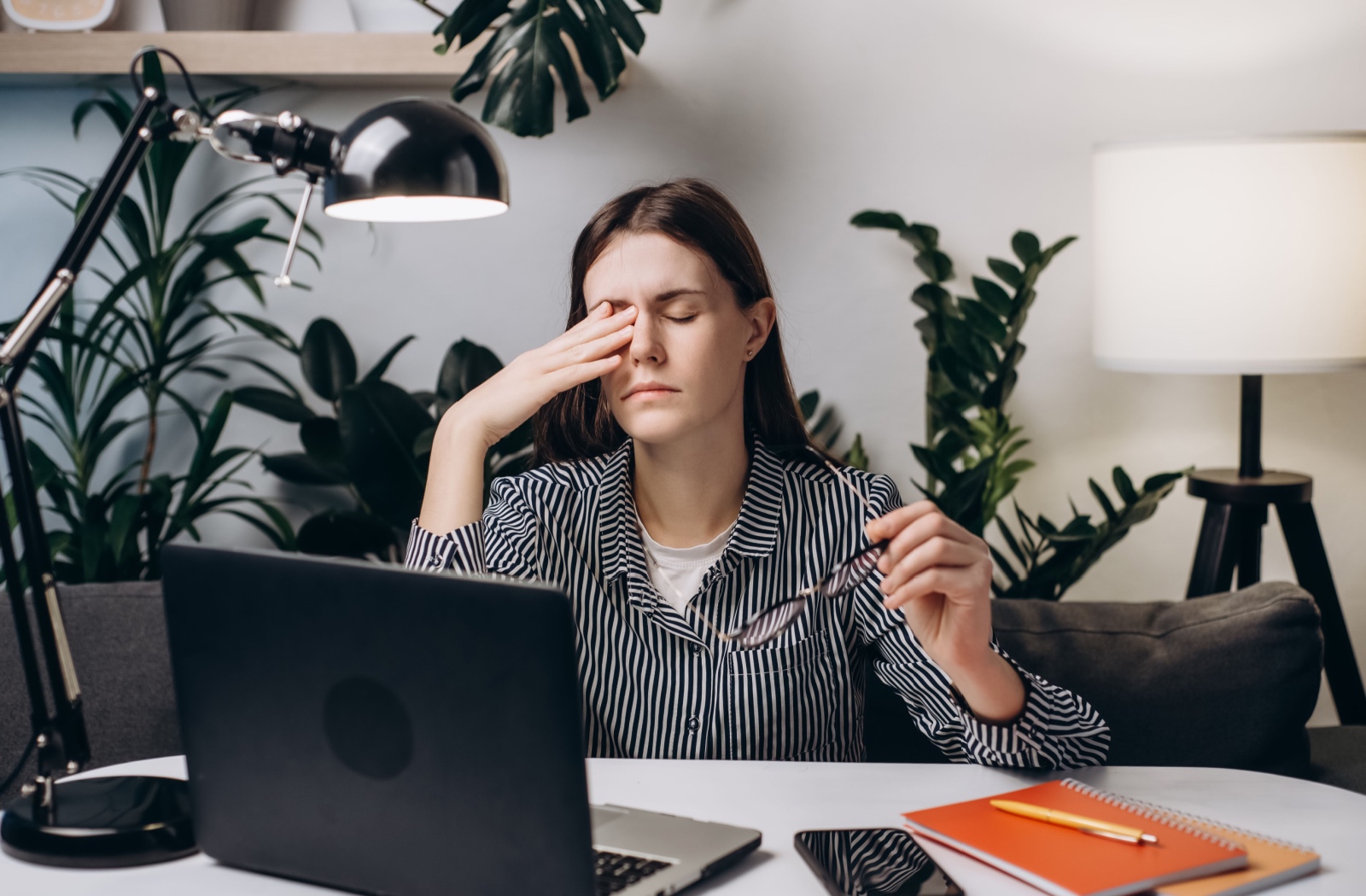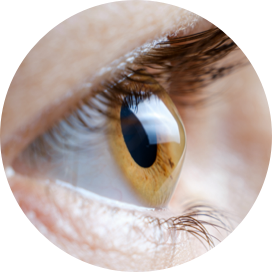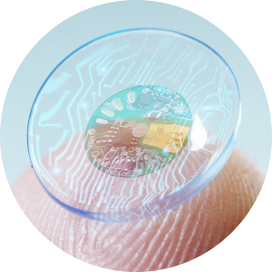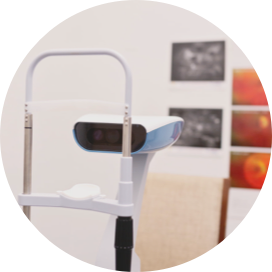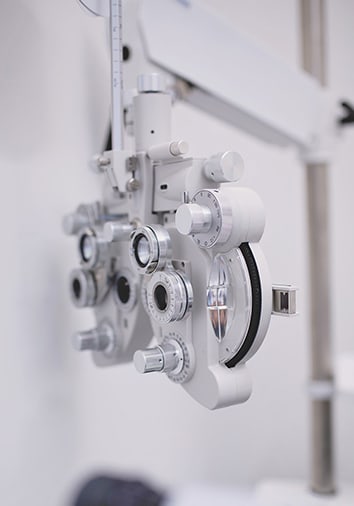In today’s digital age, spending long hours in front of a computer is often unavoidable. Whether for work, school, or leisure, our eyes are constantly fixated on screens. This prolonged exposure can lead to digital eye strain, which affects many and causes discomfort, such as headaches, blurred vision, and dry eyes.
Understanding digital eye strain and how to reduce it can help you live more comfortably. Finding relief can be as simple as implementing strategies such as:
- Following the 20-20-20 Rule
- Adjusting screen settings
- Positioning your screen properly
- Reducing glare and reflections
- Blinking more often
- Using proper ergonomics
- Wearing computer glasses
- Managing blue light exposure
- Taking regular breaks
Scheduling regular comprehensive eye exams can help you stay ahead of any potential problems and maintain optimal eye health.
Understanding Digital Eye Strain
Digital eye strain, also known as computer vision syndrome, occurs when your eyes become fatigued from prolonged screen use. The symptoms can vary from person to person but often include dry eyes, headaches, blurred vision, and neck or shoulder pain. These symptoms are usually temporary, but if not addressed, they can worsen over time and impact your productivity and overall well-being.
Several factors contribute to digital eye strain, including poor lighting, screen glare, improper viewing distances, and uncorrected vision problems. When you focus on a screen for long periods, your blink rate decreases, leading to dry eyes and discomfort. Additionally, constantly shifting your focus between the screen and other objects can strain the eye muscles, leading to fatigue.
Simple Adjustments to Reduce Eye Strain
There are ways to manage eye strain, including:
Follow the 20-20-20 Rule
One of the simplest and most effective ways to reduce eye strain is to follow the 20-20-20 rule. Every 20 minutes, take a 20-second break to look at something 20 feet away. This practice allows your eyes to relax and refocus, helping reduce fatigue.
Adjust Your Screen Settings
Adjusting your screen’s brightness, contrast, and text size can significantly reduce eye strain. Your screen should be as bright as the surrounding environment, and the text should be large enough to read comfortably without squinting. Increasing the text size can help if you find yourself struggling to read what’s on your screen.
Position Your Screen Properly
The position of your computer screen plays a crucial role in reducing eye strain. Your screen should be about 20-24 inches from your eyes and slightly below eye level. This position allows you to look slightly downward at the screen, which is a more natural and comfortable viewing angle. Avoid placing your screen too close or too far, as this can cause your eyes to work harder to focus.
Reduce Glare and Reflections
Glare from windows or overhead lighting can cause significant discomfort. To reduce glare, position your screen so that it is perpendicular to windows or other light sources. You can also use an anti-glare screen protector or adjust the blinds to minimize reflections on your screen. Use soft, ambient lighting rather than harsh overhead lights.
Blink More Often
Blinking is essential for keeping your eyes moist and comfortable. When using a computer, people tend to blink less frequently, which can lead to dry eyes and irritation. Make a conscious effort to blink more often, or use artificial tears to keep your eyes lubricated.
Use Proper Ergonomics
Making sure your workstation is ergonomically designed can help reduce eye strain. Your chair should support your back, and your feet should rest flat on the floor. Your keyboard and mouse should be within easy reach, allowing you to maintain a relaxed posture while working. This setup not only reduces strain on your eyes but also improves your overall comfort and productivity.
Consider Computer Glasses
You might benefit from computer glasses if you spend several hours a day in front of a computer. These are designed to reduce eye strain by optimizing your vision for the mid-range distance you typically view a screen. Computer glasses often have anti-reflective coatings that reduce glare and blue light filters that protect your eyes from potentially harmful blue light emitted by digital screens.
Before purchasing computer glasses, it’s important to have your eyes examined by a professional to ensure the lenses are tailored to your specific needs.
Manage Blue Light Exposure
Blue light is a high-energy visible light emitted by digital screens. Prolonged exposure to blue light can contribute to eye strain and disrupt your sleep patterns by affecting your body’s natural sleep-wake cycle. Consider using blue light filters or glasses to reduce blue light exposure, especially in the evening. Many devices also offer “night mode” or “blue light reduction” settings that can help minimize the impact of blue light on your eyes.
Take Regular Breaks
In addition to following the 20-20-20 rule, it’s important to take longer breaks throughout the day to give your eyes a rest. Step away from your computer every hour for at least five minutes. Use this time to stretch, walk around, and allow your eyes to focus on something other than a screen.
Regular breaks reduce eye strain and help alleviate tension in your neck and shoulders, promoting better overall health.
Prioritize Regular Eye Exams
Regular eye exams are essential for maintaining good eye health, especially if you spend a lot of time in front of a computer. During an exam, your eye doctor can detect any vision problems contributing to your discomfort and provide solutions to help reduce eye strain. They can also monitor your eye health and ensure your prescription is up-to-date if you wear glasses or contact lenses.
Find Comfort & Reduce Eye Strain with Daniel Island Eye Care
Reducing eye strain from computer use is essential for maintaining your eye health and overall well-being. By making small adjustments to your workspace, taking regular breaks, and considering protective eyewear, you can significantly reduce the discomfort associated with prolonged screen time.
Visit us at Daniel Island Eye Care and let our experienced professionals help you find the best solutions for your eye care needs. We offer comprehensive eye exams and personalized care to help you manage and reduce digital eye strain. If you’re experiencing symptoms, don’t hesitate to schedule an appointment with our eye care team today.

